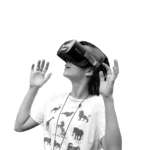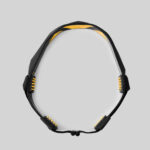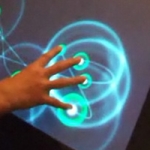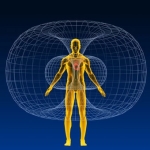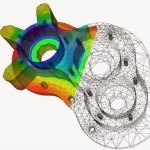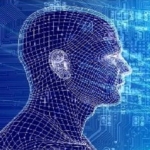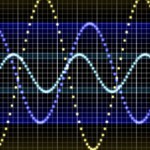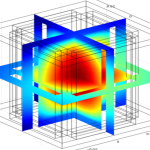BCI discovers the potential of computers to enhance physical and mental abilities, often refers to the interaction of human brain with external device. Modern biomedical research points out the way to extract brain signals in a con vincing way to distinguish the characteristics. These signals could be used to communicate with an external peripheral device, through proper machine learning techniques. BCI technology monitors this brain electrical activity prominently via EEG. EEG characteristics can be then detected using special signal processing algorithms, and the user will be able to classify and generate communication messages. BCI enables physically disabled persons to perform many activities, thus improving their quality of life and allowing them to be independent. The main challenge is to distinguish the special characteristics of EEG which is varying every second and to classify them as a set of messages.
Scope:
- Controlling devices like switches, remotes
- Assisting disabled people
- Measuring mental awareness and stress for physical and psychological treatment
- Gaming and brain training techniques
Currently research is going on extracting the best features from an EEG wave which more or less reflects the characteristics of the signal. Features could be in time or in frequency domain, but should be able to provide an identity to a particular signal. Typical methods like spectral transforms, time-frequency analysis are experimenting on various datasets. Grouping of similar signals is also significant as they could represent different mental states (brain activity) which are very significant in psychological and physiological studies. The research investigates various pattern recognition algorithms to get the best signal grouping. Different clustering and classification techniques are experimented for performance evaluation.


